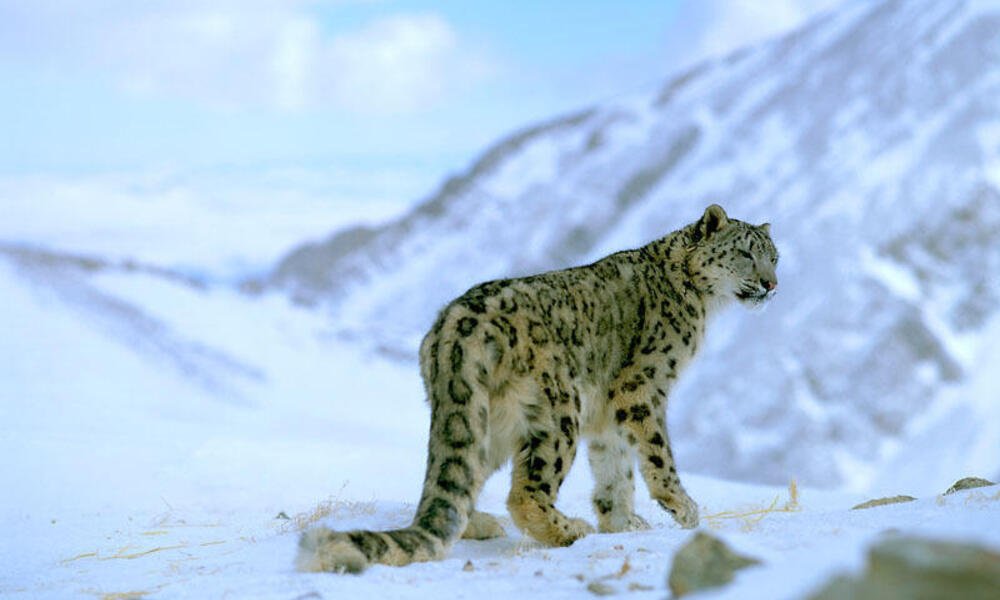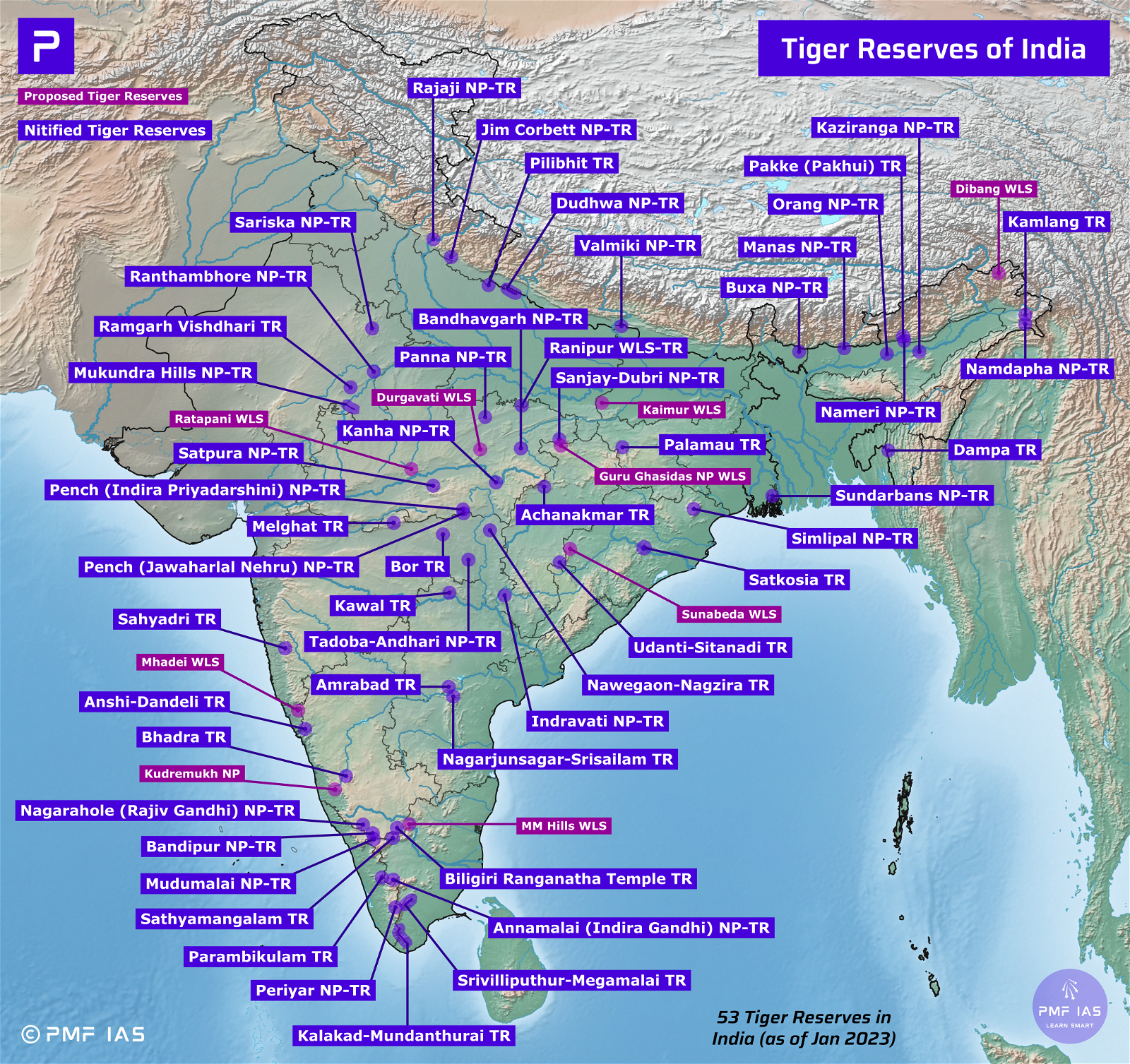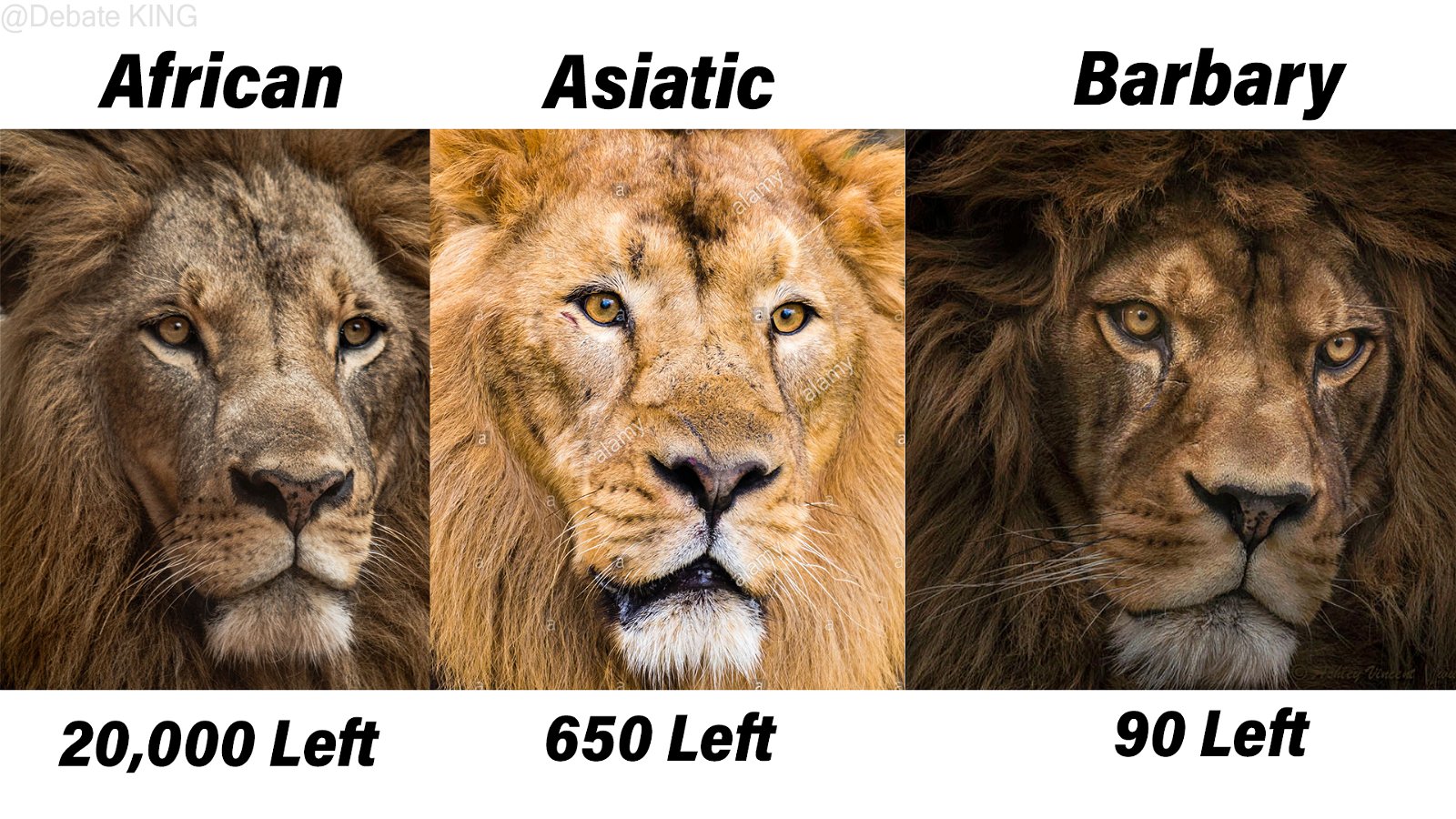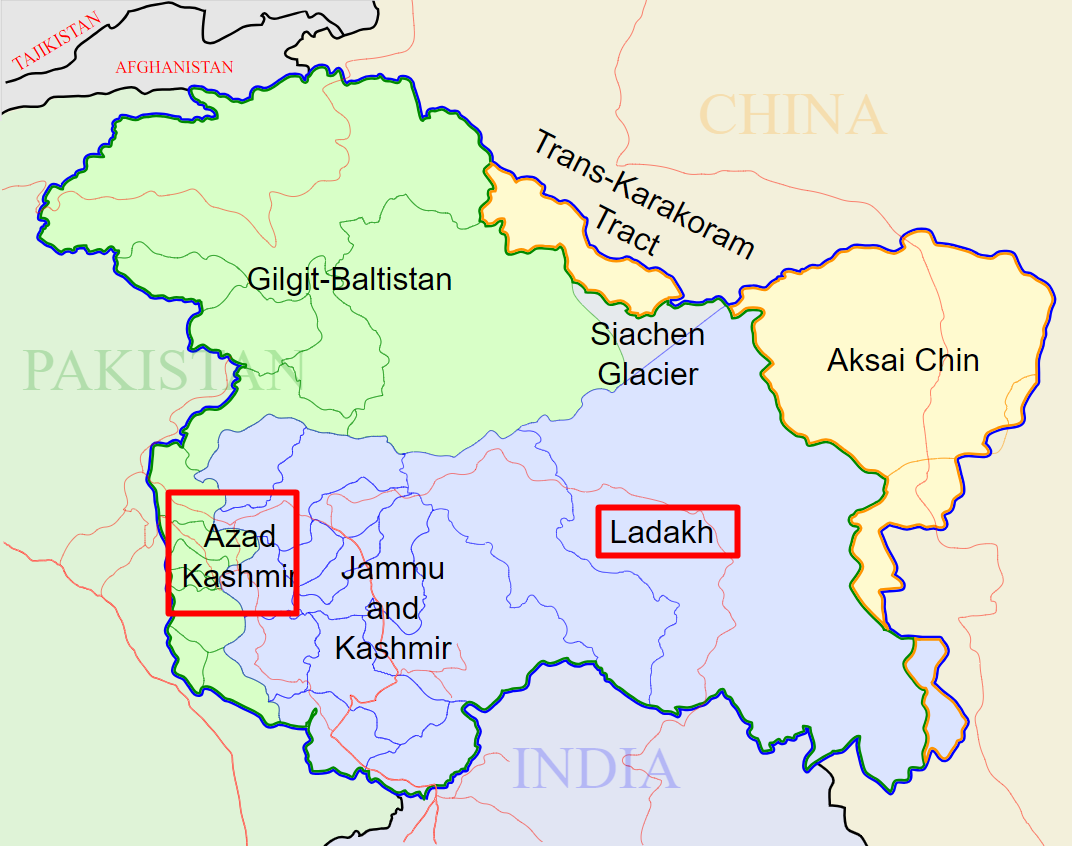
Current Affairs August 06, 2023: International Big Cat Alliance, Tiger Census 2022, Project Tiger
Subscribers of "Current Affairs" course can Download Daily Current Affairs in PDF/DOC
Subscribe to Never Miss an Important Update! Assured Discounts on New Products!
Must Join PMF IAS Telegram Channel & PMF IAS History Telegram Channel
{GS3 – Envi – Conservation – 2023/08/06} International Big Cat Alliance
- Context (DTE | IE | PIB | TH): International Big Cat Alliance was launched in April 2023 to celebrate the 50th anniversary of Project Tiger.
- International Big Cat Alliance (IBCA) is launched by the Ministry of Environment, Forest and Climate Change (MoEF&CC) for the conservation of seven big cats namely Tiger, Lion, Leopard, Snow Leopard, Cheetah, Jaguar, and Puma.
- The alliance aims to reach out to 97 range countries covering the natural habitats of Tiger, Lion, Snow Leopard, Puma, Jaguar, and Cheetah.
- Objectives of IBCA:
- To stop the illegal wildlife trade of the seven big cats
- To work towards the conservation of natural habitats of the seven big cats
- Mobilisation of financial and technical resources for implementing the conservation and protection agenda
Lion (Panthera leo)
- Lion is the 2nd largest cat species in the world.
- It is divided into two subspecies: the African lion and the Asiatic lion.
|
Difference between African lion and Asiatic lion |
|
|
African lion (Panthera leo leo) |
Asiatic lion (Panthera leo persica) |
| Bigger than the Asiatic lion. | Slightly smaller than the African lion. |
| Males have relatively short, sparse and darker mane. | Males have fuller mane. |
| Males do not live with the females of their pride unless they’re mating or have a large kill. | Males live with the females of their pride. |
| The most distinguishing feature is the longitudinal fold of skin that runs along its belly. | This longitudinal fold of skin is absent. |
| Distribution: Sub-Saharan Africa and West Africa. | Distribution: Found only in Gir National Park, Gujarat, India, and its surrounding areas. |
| Habitat: Forest, savanna, shrubland, grassland, and desert | Habitat: Dry deciduous forest |
Conservation Status:
|
Conservation Status:
|
Threats: Habitat loss, climate change, human-wildlife conflict, inbreeding, diseases, hunting, grazing, mining, infrastructure development, etc.
|
|
|
|
|
Tiger (Panthera tigris)
- Tiger is the largest cat species in the world. It is both an umbrella and flagship species.
- Subspecies: There are eight recognised subspecies of tigers, out of which three are extinct.
- Bengal tiger: Indian subcontinent
- Amur tiger: Amur Rivers region of Russia and China, and North Korea
- South China tiger: South central China.
- Sumatran tiger: Sumatra, Indonesia.
- Indo-Chinese tiger: Continental south-east Asia.
- Caspian tiger: Turkey through central and west Asia (extinct).
- Javan tiger: Java, Indonesia (extinct).
- Bali tiger: Bali, Indonesia (extinct).
- Habitat: Forest, savanna, shrubland, grassland, wetlands (inland), and coastal/supratidal areas.
- Countries with most tigers: 1st India > 2nd Russia > 3rd Indonesia > 4th Nepal > 5th Thailand
- Conservation Status:
- IUCN Red List: Endangered
- CITES: Appendix I
- Indian Wildlife Protection Act, 1972: Schedule I
- Threats: Habitat loss, climate change, human-wildlife conflict, inbreeding, diseases, hunting, grazing, mining, infrastructure development, tiger farms (big cats are held captive for breeding and sale), etc.
|

- World Tiger Day is observed every year on 29th July.
- Tigers have lost 95% of their historical range, according to the WWF.
Snow Leopard (Panthera uncia)
- Snow leopard (or Ghost of the Mountains) is a keystone and indicator species of high-altitude habitat. It is a flagship species for the high-altitude Himalayan ecosystem.
- It is the 7th largest cat species in the world.
- Distribution: It is native to the mountain ranges of Central and South Asia. In India, it occurs in Himalayan region.
- Habitat: Alpine and subalpine zones.
- Indian states with largest snow leopard population: 1st Ladakh > 2nd Himachal Pradesh > 3rd Uttarakhand
- Threats: Habitat loss, poaching, climate change, unregulated tourism, and competition with livestock.
- Conservation Status:
- IUCN Red List: Vulnerable
- CITES: Appendix I
- Indian Wildlife Protection Act, 1972: Schedule I

Jaguar (Panthera onca)
- Jaguar is the 3rd largest cat species of the world.
- Distribution: It is native to the Americas and is the largest cat species in the Americas.
- Habitat: Forest, savanna, shrubland, grassland, and wetlands (inland).
- Jaguar are often mistaken as cheetahs and leopards. Their distinction is given in the table below.
- Melanistic colour variant of leopard and jaguar is called black panther. It has excess black pigments, but their typical rosettes are also present.
- Conservation Status:
- IUCN Red List: Near Threatened
- CITES: Appendix I

- Threats: Habitat loss, climate change, human-wildlife conflict, inbreeding, diseases, hunting, grazing, mining, infrastructure development, etc.
- Jaguars have already lost an approximately 50% of their historic range.

Cheetah (Acinonyx jubatus)
- Cheetah 6th largest cat species in the world.
- There are two broad sub species of cheetah – the African Cheetah and the Asian Cheetah.
- Cheetah Reintroduction Programme: Recently, African Cheetah from Namibia are introduced in the Kuno National Park (MP, India) under this progeamme. This is the world’s first intercontinental translocation of a carnivore. It is even more unique because this is for the first time cheetahs will be reintroduced in an unfenced protected area (PA).
|
African Cheetah |
Asiatic Cheetah |
|
| IUCN status | Vulnerable | Critically Endangered |
| CITES status | Appendix-I | Appendix-I |
| WPA, 1972 | Schedule I | Schedule I |
| CMS status | Appendix-I | Appendix-I |
| Habitat | Found all over African continent. Population around 6,500-7,000. | Found only in Iran (Declared extinct in India in 1952). Population around 40-50. |
| Physical Characteristics | Bigger in size as compared to Asiatic Cheetah. | Smaller and paler than the African cheetah. It usually has red eyes and a more cat-like appearance. |
| Image |
|
|
| Threat: | Habitat loss, climate change, human-wildlife conflict, inbreeding, diseases, hunting, grazing, mining, infra-structure development, etc.
|
|
Puma (Puma concolor)
- Puma (also called cougar and mountain lion) is the 4th largest cat species in the world.
- It is both nocturnal and crepuscular (active during twilight period) mammal.
- Distribution: It is native to the Americas.
- Habitat: Forest, savanna, shrubland, grassland, and lowland and montane desert.
- Conservation Status:
- IUCN Red List: Least Concern
- CITES: Appendix II (except population of Panama and Costa Rica)
- Threats: Habitat loss, climate change, human-wildlife conflict, diseases, hunting, livestock farming & ranching, infrastructure development, etc.

Leopard (Panthera pardus)
- Leopard is the 5th largest cat species of the world.
- It is a nocturnal animal and can adapt to various habitats.
- Distribution and subspecies: There are 8 recognised subspecies of leopard. They are:
- African leopard: Most of Sub-Saharan Africa
- Indian leopard: Indian subcontinent, Myanmar and Tibet
- Javan leopard: Java in Indonesia
- Arabian leopard: Arabian Peninsula
- Persian leopard: Turkey, the Caucasus, southern Russia, the Iranian Plateau and the Hindu Kush
- Amur leopard: Russian Far East and northern China
- Indochinese leopard: Mainland Southeast Asia and southern China
- Sri Lankan leopard: Sir Lanka
- Habitat: Forest, savanna, shrubland, grassland, rocky areas (e.g. inland cliffs, mountain peaks), and desert.
- Indian states with largest snow leopard population: 1st Madhya Pradesh > 2nd Gujarat > 3rd Karnataka > 4th Maharashtra > 5th Chhattisgarh
- Conservation Status:
- IUCN Red List: Vulnerable
- CITES: Appendix I
- Indian Wildlife Protection Act, 1972: Schedule I
- CMS: Appendix II
- Threats: Habitat loss, climate change, human-wildlife conflict, diseases, hunting, grazing, mining, infra-structure development, etc.

{GS3 – Envi – Project Tiger – 2023/08/06} Tiger Census 2022
- Context (NTCA | DTE | IE | IE | IE | IE | TH | DH | TOI): the Tiger Census 2022 (5th cycle of the All India Tiger Estimation, 2022) was released on International Tiger Day.
- Tiger census is conducted every four years by the National Tiger Conservation Authority (NTCA) in partnership with state forest departments, NGOs, and the Wildlife Institute of India (WII).
International Tiger Day
|
Methods Used in the Survey for the Tiger Census 2022
Phase I: Countrywide field data collection
- Frontline staff of State Forest Departments collected the phase I data in a digital format on the M-STrIPES mobile application.
- Data collected on each of the following components:
- Carnivore and megaherbivore sign encounters
- Ungulate abundance
- Vegetation
- Human disturbance
- Dung counts
M-STrIPES (Monitoring system for Tigers – Intensive Protection and Ecological Status)
- MSTrIPES was launched across Indian tiger reserves by NTCA and WII in 2010.
- It is a software-based monitoring system, designed to assist wildlife protection.
- The system consists of two components:
- Field based protocols for patrolling, law enforcement, recording wildlife crimes and ecological monitoring.
- A customized GIS software for storage, retrieval, analysis, and reporting.
- Under MSTrIPES, forest guards are expected to record their tracks using a GPS, in addition to recording observations in site-specific data sheets and uploading geo-tagged pictures into the central GIS database.
Advantage of MSTrIPES
- MSTrIPES will help identify shortcomings in patrolling efforts in real-time.
- It acts as proof of the presence and patrolling of forest guards in a particular area.
Phase II: Remotely sensed spatial and attribute covariates
- Distribution and abundance of wildlife are determined by habitat characteristics and human impacts.
- These covariates were obtained from remotely sensed data and used to model tiger occupancy and abundance in combination with Phase I data.
Phase III: Camera trap-based Capture-Mark-Recapture (CMR) Method
- CMR is a method used in wildlife population studies to estimate the abundance and other demographic parameters of animals in the wild.
- The CMR method involves three main steps:
- Capture: Motion activated camera traps are used to “capture” images of animals in their natural habitats.
- Mark: Once an individual is captured in the first round of camera trapping, it is considered “marked” for subsequent recapture events.
- Recapture: During the recapture phase, animals are photographed again.
- By comparing the number of marked individuals from the initial capture to the number of marked individuals in the recapture events, demographic parameters are estimated using statistical models.
- The individual identification of tigers is carried out using a software for pattern recognition.
Findings of Tiger Census 2022
- With 3,682 tigers India has become home to 75% of the world’s tiger population.
- India’s tigers are largely concentrated in 53 TRs spanning about 2.3% of India’s total land area.

Tiger Population Across Tiger Landscapes
- Tiger Census 2022 has been conducted over five tiger landscapes which covered 20 states.
- 1439 Tigers in Central Indian Landscape and Eastern Ghats
- 1087 Tigers in Western Ghats Landscape
- 819 Tigers in Shivalik Hills and Gangetic Plains Landscape
- 236 Tigers in Northeast Hills and Brahmaputra Flood Plains
- 101 Tigers in Sundarbans
- All the landscapes has shown increase in tiger population.
- The most notable increase in tiger population is observed in Central India and the Shivalik Hills and Gangetic Plains, which is primarily contributed by MP, Maharashtra, and Uttarakhand.
|
State |
Tiger Population (in 2022) |
|
1439 Tigers in Central Indian Landscape and Eastern Ghats |
|
|
Madhya Pradesh |
785 (1) |
|
Maharashtra |
444 (4) |
| Rajasthan | 88 |
| Andhra Pradesh | 63 |
| Telangana | 21 |
| Odisha | 20 |
| Chhattisgarh | 17 |
| Jharkhand | 1 |
|
Total in Central Indian Landscape and Eastern Ghats |
1439 |
|
1087 Tigers in Western Ghats Landscape |
|
|
Karnataka |
563 (2) |
|
Tamil Nadu |
306 (5) |
|
Kerala |
213 |
| Goa | 5 |
|
Total in Western Ghats Landscape |
1087 |
|
Shivalik Hills and Gangetic Plains Landscape (819) |
|
|
Uttarakhand |
560 (3) |
|
Uttar Pradesh |
205 |
| Bihar | 54 |
|
Total in Shivalik-Gangetic |
819 |
|
Northeast Hills and Brahmaputra Flood Plains |
|
|
Assam |
229 |
|
Arunachal Pradesh |
9 |
| Northern West Bengal | 2 |
|
Mizoram |
0 |
|
Nagaland |
0 |
|
Total in North East Hill, and Brahmaputra |
236 |
|
Sundarbans |
|
|
Total in Sundarbans |
101 |
|
Total |
3682 |
Previous Data

|
Tiger population growth in India |
|||||
| State | 2006 | 2010 | 2014 | 2018 | 2022 |
|
Shivalik Gangetic Plain |
|||||
| Uttarakhand | 178 | 227 | 340 | 442 | 560 |
| Uttar Pradesh | 109 | 118 | 117 | 173 | 205 |
| Bihar | 10 | 8 | 28 | 31 | 54 |
|
Central Indian Landscape and Eastern Ghats |
|||||
| AP and Telangana | 95 | 72 | 68 |
– |
– |
| AP |
– |
– |
– |
48 | 63 |
| Telangana |
– |
– |
– |
26 |
21 (↓) |
| Chhattisgarh | 26 | 26 | 46 | 19 |
17 (↓) |
| Madhya Pradesh | 300 | 257 | 308 | 526 | 785 |
| Maharashtra | 103 | 169 | 190 | 312 | 444 |
| Odisha | 45 | 32 | 28 | 28 |
20 (↓) |
| Rajasthan | 32 | 36 | 45 | 69 | 88 |
| Jharkhand |
– |
10 | 3 | 5 |
1 (↓) |
|
Western Ghats |
|||||
| Karnataka | 290 | 300 | 406 | 524 | 563 |
| Kerala | 46 | 71 | 136 | 190 | 213 |
| Tamil Nadu | 76 | 163 | 229 | 264 | 306 |
| Goa |
– |
– |
5 | 3 | 5 |
|
The Northeast |
|||||
| Assam | 70 | 143 | 167 | 190 | 229 |
| Arunachal Pradesh | 14 |
– |
28 | 29 | 9 (↓) |
| Mizoram | 6 | 5 | 3 | 0 |
0 |
| Nagaland |
– |
– |
– |
– |
0 |
| Northern West Bengal | 10 |
– |
3 | 0 | 2 |
| Sundarbans |
– |
70 | 76 | 88 | 101 |
| Total | 1,411 | 1,706 | 2,226 | 2,967 | 3,682 |
States with Maximum Tiger Population
- 1st MP (785) > 2nd Karnataka (563) > 3rd Uttarakhand (560) > 4th Maharashtra (444)

States with Zero or One Tiger
- Mizoram and Nagaland has zero tiger population.
- Jharkhand has only one tiger.
States that Registered Growth in Tiger Poulation
- The states where tiger population has increased since last census are Bihar, UP, Uttarakhand, Andhra Pradesh, MP, Maharashtra, Rajasthan, Goa, Karnataka, Kerala, TN, Assam, and WB.
States that Registered Decline in Tiger Poulation
- The states where tiger population has declined since last census are Telangana, Chattisgarh, Jharkhand, Odisha, and Arunachal Pradesh.
Tiger Reserves with Maximum Tiger Population
- 1st Corbett (Uttarkhand – 260) > 2nd Bandipur (Karnataka – 150) > 3rd Nagarhole (Karnataka – 141) > 4th Bandhavgarh (Madhya Pradesh – 135) > 5th Dudhwa (Tamil Nadu – 114)
Tiger Reserves with Only One Tiger
|
Tiger Reserves With Only One Tiger |
|
|
State |
Tiger Reserve |
|
Chattisgarh |
Indravati |
|
Udanti Sitanadi |
|
|
Jharkhand |
Palamu |
|
Rajasthan |
Mukundara |
|
Ramgarh Vishadhari |
|
|
Arunachal Pradesh |
Namdapha |
|
West Bengal |
Buxa |
Tiger Reserves with Zero Tiger Population
|
Tiger Reserves With No Tiger |
|
| State | Tiger Reserve |
|
Maharashtra |
Sahyadri |
|
Odisha |
Satkosia |
|
Telengana |
Kawal |
|
Mizoram |
Dampa |
|
Arunachal Pradesh |
Kamlang |
Conservation Requirements
- 35% of the tiger reserves urgently require enhanced protection measures.
Presence and Abundance of Wild Ungulate Prey
- The primary prey for tigers in India consists of large-bodied ungulates like chital, sambar, hog deer, swamp deer, gaur, and wild pigs.
- To have high density of tiger population, maintaining a strong prey base is the basic requirement.
Protection from Poaching
- Tiger populations across the world are primarily depleted due to poaching. More stringent measures are required to tackle the poaching menace.
Reducing Human Pressure
- Though tigers can occur in habitats that are not protected areas (PAs), they achieve high densities (source populations) only within and in close distance to legally protected areas.
- So, the human pressure within and around the PAs should be reduced by translocating them with proper compensation.
Habitat Connectivity (Corridors) Across Tiger Bearing Landscapes
- In India, 77% of tiger population resides in and around its 53 TRs and other PAs.
- The remaining 23% inhabit various forest patches. Many of these populations are small and their long-term survival is dependent on habitat connectivity for gene flow.
- Currently, habitat connectivity for wild species is under severe pressure due to linear infrastructure development, agriculture expansion, mining activities, deforestation, and other factors.
Invasive Species
- The survival of tigers depends on high densities of herbivoures, which requires large wilderness areas with abundant nutritious forage.
- But the nutritious forage of herbivoures are getting depleted due invasive plants species.
- High-concern invasive plants are Ageratum conyzoides, Chromolaena odorata, Mesosphaerum suaveolens, Lantana camara, Mimosa diplotricha, Mikania micrantha, Parthenium hysterophorus, Prosopis juliflora, Senna tora, and Xanthium strumarium.
Project Tiger – An Initiative Behind India’s Success in Tiger Number
- Project Tiger is a centrally sponsored tiger conservation scheme of MoEFCC launched on 1973 in the Jim Corbett National Park (Uttarakhand).
- Aim: to protect tigers from extinction by ensuring a viable population in their natural habitats.
- It is administered by the National Tiger Conservation Authority (NTCA).
- 50th anniversary of Project Tiger was celebrated on April 2023. On this occasion, International Big Cat Alliance is launched.
- Recently, Project Tiger has been merged with Project Elephant, meaning a common allocation will fund both beginning this year.
Project Tiger and Project Elephant > PMF IAS Environment 2nd Edition > Page 74-84





![PMF IAS Environment for UPSC 2022-23 [paperback] PMF IAS [Nov 30, 2021]…](https://pmfias.b-cdn.net/wp-content/uploads/2024/04/pmfiasenvironmentforupsc2022-23paperbackpmfiasnov302021.jpg)















